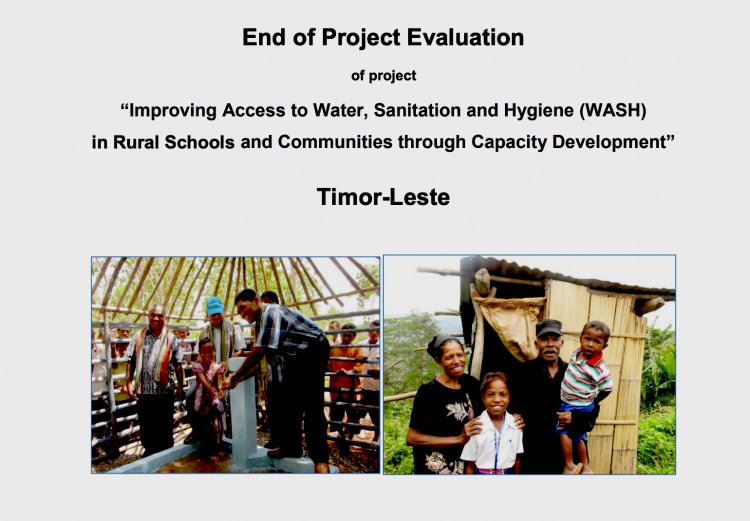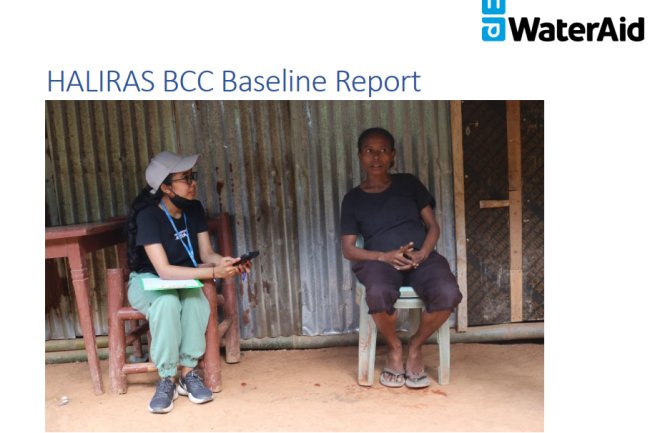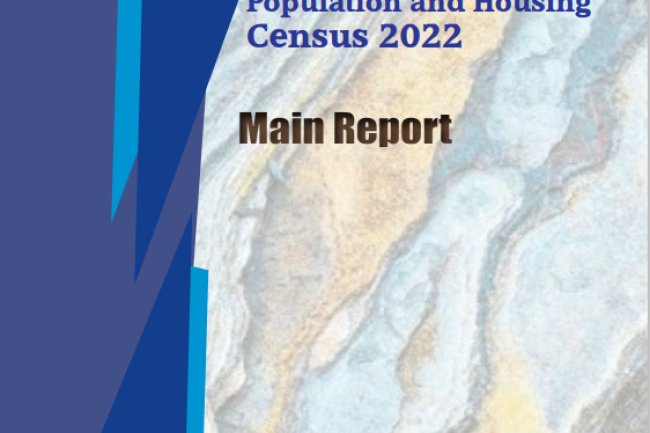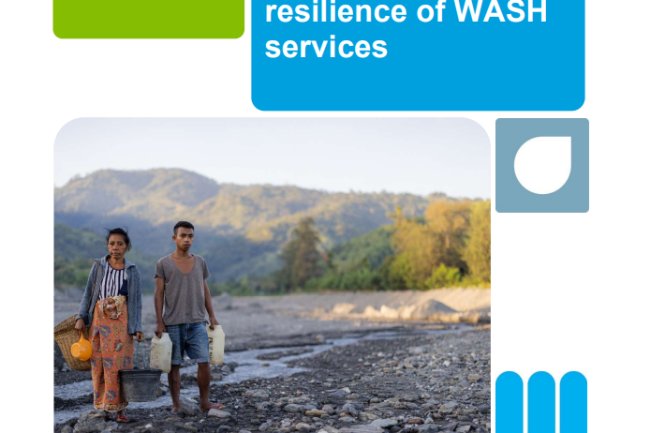End of Project Evaluation - Improving Access to Water, Sanitation and Hygiene (WASH) in Rural Schools and Communities through Capacity Development
This is the final evaluation report of the project “Improving Access to Water, Sanitation and Hygiene (WASH) in Rural School and Communities through Capacity Development”. Jointly funded by the European Union (EU) and UNICEF and implemented by UNICEF, the project was implemented in 10 sub-districts in 5 districts1 (Aileu, Ermera, Manatuto, Oecusse and Viqueque) in Timor-Leste, over 45 months between June 2011 and March 2015. The project originally targeted 55 communities (aldeias2) but by the time it was completed had carried out activities in 63 aldeias in the targeted sub-districts. It was implemented together with government ministries (public works, health, education) and national NGO partners.

Source: https://www.unicef.org/timorleste/media/491/file/EU-UNICEF_WASH_project_evaluation_Final_Report_22-07-2015_long_version(00000003).pdf
The purpose of the project was to assist communities in the target areas to access clean water and improved sanitation facilities and improve their hygiene knowledge and practices, in order to achieve better health outcomes for children and adults and enable children to participate better in primary education.
The project was designed with three main components (expected results), namely: i) Institutional strengthening; ii) Community and schools water supply; and iii) Household and schools sanitation and improvement in knowledge and attitudes relating to hygiene and sanitation, using the CLTS (community-led total sanitation) approach. The project was implemented in response to a number of challenges faced by Timor-Leste, in spite of progress made since the restoration of independence in 2002. When it was designed, the under-five mortality was 64 per 1000 live births vis a vis its MDG target of 96, and the primary net enrolment rate (grade 1-6) was 93.6%, against the MDG target of 1003 . Only 61% of the rural population were using improved water sources and only 27% improved sanitation facilities4 . Poor access to water, sanitation and hygiene was one of the main causes of diarrheal diseases in under-five children, also contributing to the very high rates of under-five malnutrition (58.1% stunting and 18.6% wasting5 ). There were also major concerns regarding the WASH situation in schools. About 54% of primary schools did not have access to improved water supply, 35% had no latrines in the compound and only 12% had a regular supply of soap6 , all indicating the lack of a basic enabling environment for school children to practice safe hygiene behaviour.


